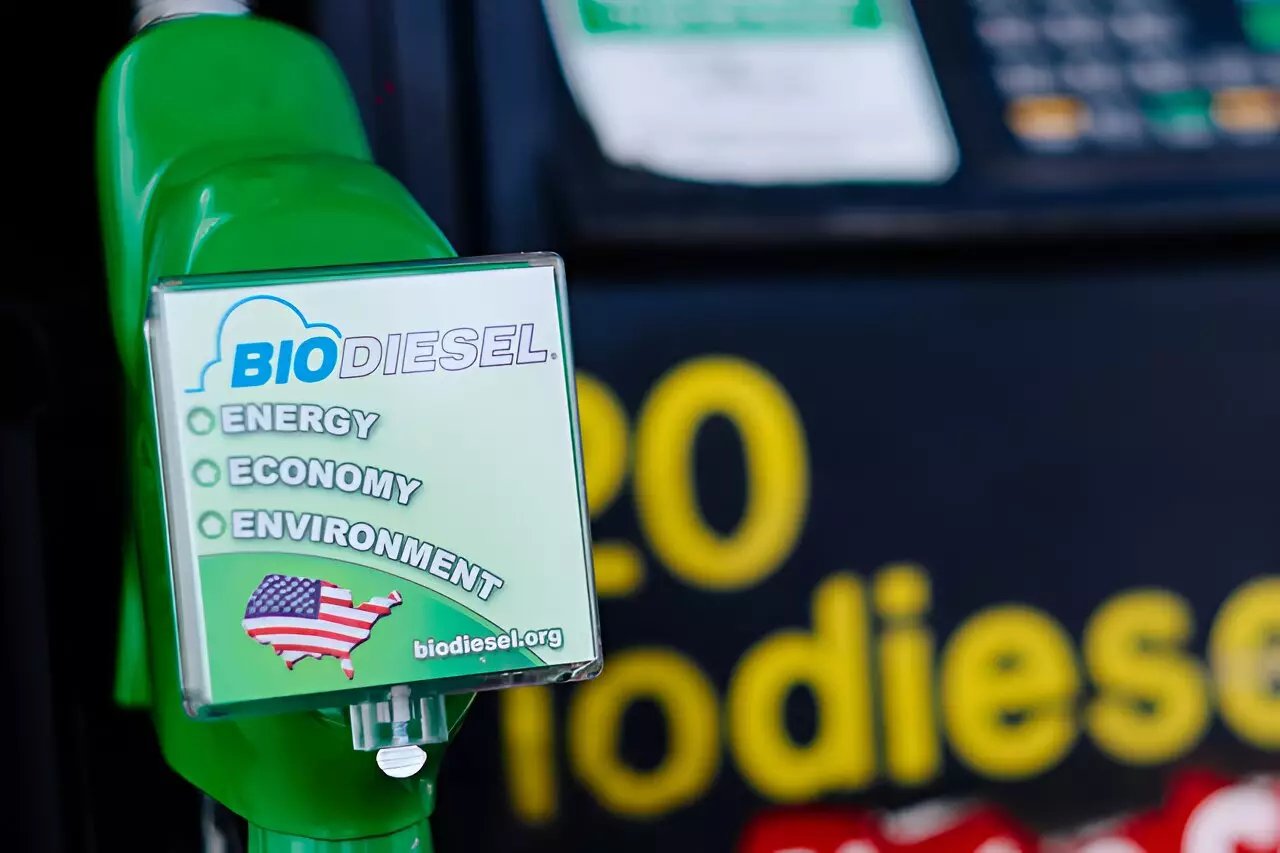The quest for sustainable energy sources is an urgent priority due to escalating environmental concerns, particularly the need to significantly reduce greenhouse gas emissions from the transportation sector. Among promising alternatives, biodiesel has garnered attention as a viable solution. Despite its potential, the biodiesel currently utilized in the market is often limited to low percentage blends, predominantly ranging from 5% to 20% with petroleum diesel. However, recent investigations spearheaded by researchers at the National Renewable Energy Laboratory (NREL) have opened avenues for exploring much higher biodiesel blends—up to 80%—and identifying the barriers that hinder their adoption.
While the diesel fuel industry has predominantly favored lower biodiesel blends, the NREL team’s research critically evaluates higher blends and aims to fill a glaring gap in existing literature. As articulated by Senior Research Fellow Robert McCormick, thousands of biodiesel papers have limited their scope to blends below 20%. By focusing on high-level biodiesel blends, the NREL team’s findings present a roadmap that could prove vital in transforming the biofuel landscape.
To understand the implications of using higher percentages of biodiesel in both renewable and petroleum diesel, the NREL team specifically analyzed blends of 20%, 40%, 60%, and 80%. Their findings suggest that embracing these higher blends can significantly mitigate the carbon footprint of fuel consumption, with estimates showing that emissions could be cut by as much as 86%, contingent on the feedstock utilized. The research delves into soybean oil—a predominant feedstock in U.S. biodiesel production—aiming to elucidate its properties at concentrations greater than 20%.
McCormick raised a crucial observation regarding the operational challenges associated with biodiesel blends exceeding 50%. He pointed out that as the percentage of biodiesel increases, property mismatches with traditional petroleum diesel may surface and pose challenges. For instance, biodiesel has a higher cloud point, which can lead to complications in colder climates. However, through research, the NREL team proposes effective strategies to mitigate these issues, which may not only enhance the feasibility of high blends but also bolster their acceptance in broader markets.
The research underscores several critical elements that restrict biodiesel from hitting higher blend thresholds. One of the significant impediments is the tendency for cloud formation at lower temperatures, which could lead to fuel filter clogging. This is particularly pronounced in regions that experience harsh winters, where biodiesel might fail to function optimally if blended at high concentrations.
To counter this challenge, McCormick suggests several operational tactics such as adjusting blend levels or employing alternative hydrocarbon blendstocks with a lower cloud point—similar to practices used for the widely adopted 20% biodiesel blend (B20). For higher blends, researchers propose utilizing kerosene to optimize cold-start performance while allowing biodiesel to remain viable in colder climates. These findings indicate that with thoughtful formulation and strategic blending, the risks associated with higher biodiesel blends could be effectively managed.
While the NREL study provides a foundation for implementing higher biodiesel blends, it also signals the necessity for additional research. Notably, understanding how these blends interact with modern diesel engine emission control systems remains a critical area of exploration. With the transition to an electrified transportation landscape on the horizon, the reliance on biodiesel will endure for heavy-duty applications, underscoring the urgency for innovative fuel solutions that prioritize low carbon emissions.
Additionally, as concerns about oxidation stability rise with increasing biodiesel percentages, the use of fortified antioxidant additives emerges as a key solution. This approach necessitates extensive investigation to establish optimal levels of additives required for enhancing durability and performance.
The NREL’s pioneering efforts in exploring high-level biodiesel blends represent a crucial step towards revolutionizing the biofuel sector. By systematically addressing the barriers that currently limit biodiesel usage, researchers aim not only to enhance environmental sustainability but also to pave the way for a more versatile and resilient transportation fuel economy. The synergy of innovative research and practical application may indeed hold the key to unlocking the full potential of biodiesel as a mainstream fuel source.

